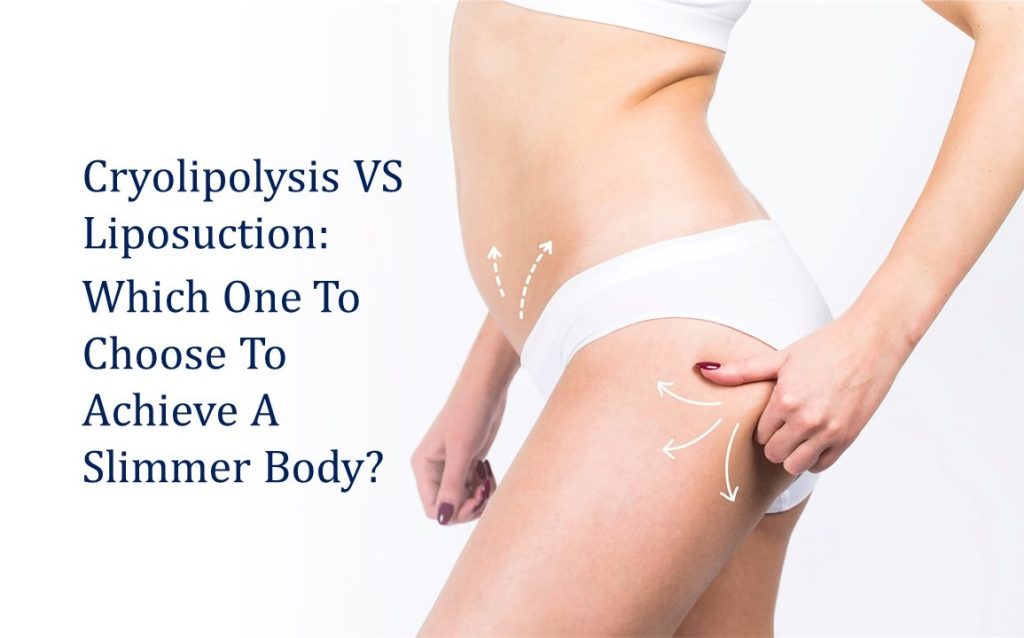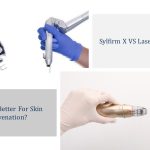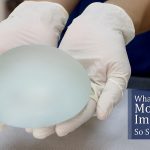Cryolipolysis and Liposuction in singapore are amongst the most common cosmetic procedures conducted today for body contouring. Consequently, the two procedures have often been compared to each other. This article explores the differences between Cryolipolysis and liposuction when it comes to their definition, techniques, safety assurance, possible side effects, results, suitable candidates, preoperative care, and post-operative care.
Cryolipolysis VS Liposuction: Definition
Cryolipolysis, often referred to “Coolsculpting”, uses freezing temperatures to break down fat cells. These freezing temperatures cause the fat cells to break down. What makes this procedure safe for other cells of the body and effective at targeting the fat cells specifically is that the fat cells are more sensitive to freezing temperatures. This leaves the skin and its underlying tissues intact.

While the majority of individuals do not feel any pain, or side effects after the procedure – some have reported feeling slightly sore at the area that has been treated with Cryolipolysis method. This soreness is similar to one that may be felt after an intense workout session or an injury to the muscles. Other side effects that an individual may experience may include slight swelling, stinging, and itchiness in the area that has been treated. However, the effects of Cryolipolysis may not be evident immediately, but it may take the individual at least 4 to 6 months to see the results. This is because it takes, on average, five months for the fat cells to be destroyed and removed from the body. On average, the area of the body containing fat tissues is decreased by 20%.
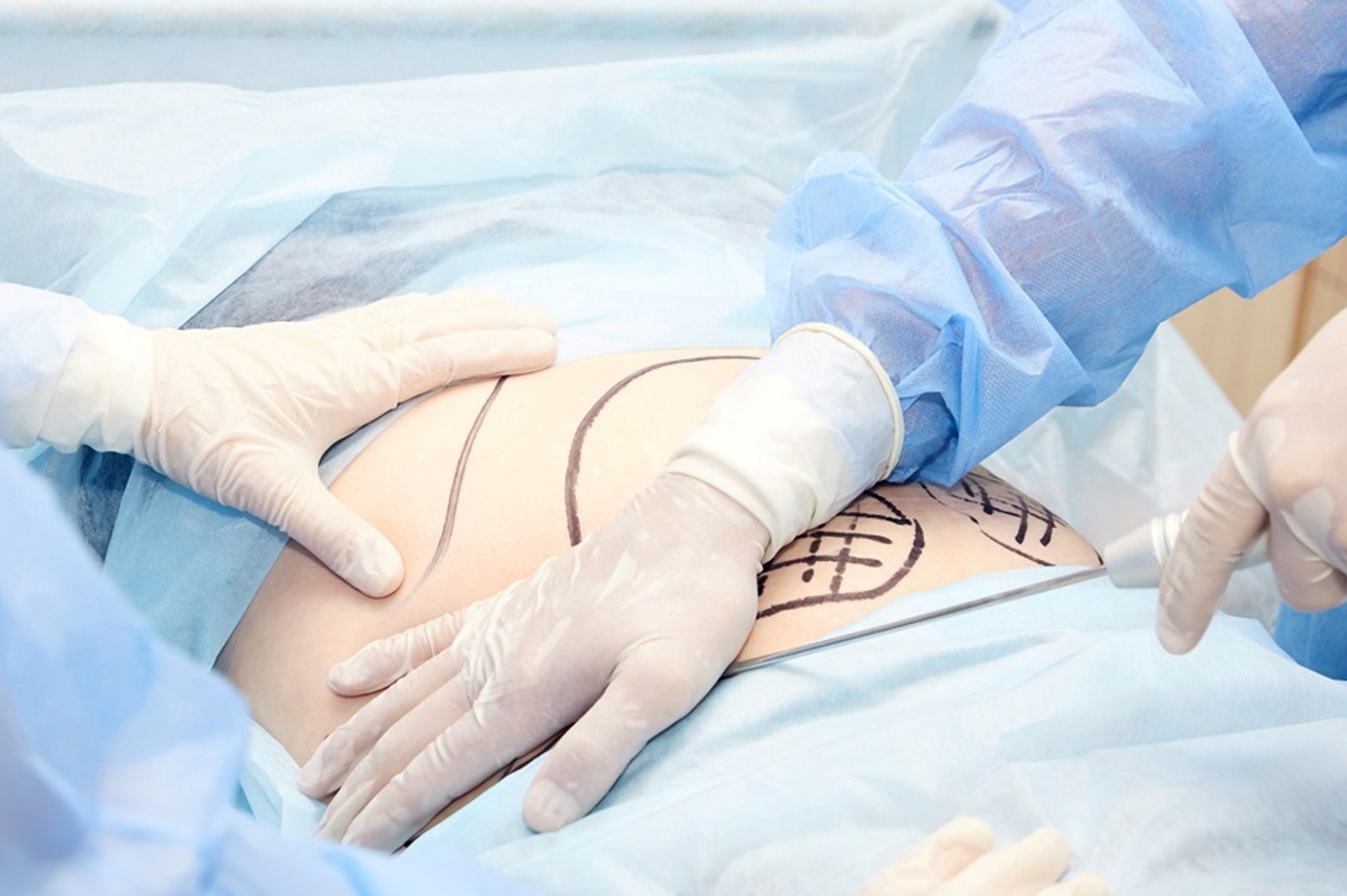
On the other hand, liposuction is a procedure that is also known as Lipoplasty or body contouring procedure. It is conducted to remove fats from certain areas of the body. The areas that may be treated with liposuction include the hips, buttocks, abdomen, neck and arms. By targeting these areas with liposuction, the individual may get a contouring effect. This procedure is not conducted to get an overall reduction of body weight, but it targets the fat cells of the body specifically. Hence, if you’re an individual who is overweight and wants to lose excess weight, liposuction may not be an effective treatment. It will just help certain contour areas of the body, not reduce weight. Instead, the individual may need to opt for other options, which include changing their diet and regular exercise.
Cryolipolysis VS Liposuction: Technique
While both Cryolipolysis and liposuction are conducted to target the fat cells of the body, they may differ slightly in their techniques. Cryolipolysis is a non-invasive procedure and does not require excessive pre-operative preparation. However, it is still important to make sure that the individual is in good health and they are closer to their ideal body weight. It is also important to guide patients about the fact that Cryolipolysis is not a weight loss solution but a way to target fat cells in the body. Hence, before the start of the procedure, the doctor will undertake a consultation, where they will make sure that the individual is an ideal candidate.
On the day of the Cryolipolysis procedure, the doctor will first start by marking all the areas that are to be targeted with the treatment. These commonly include the love handles, thighs, abdomen and the area under the chin. Once the marking is done, the doctor will then apply a gel pad to the marked area. This gel pad will act as a barrier between the applicator and the exposed skin.
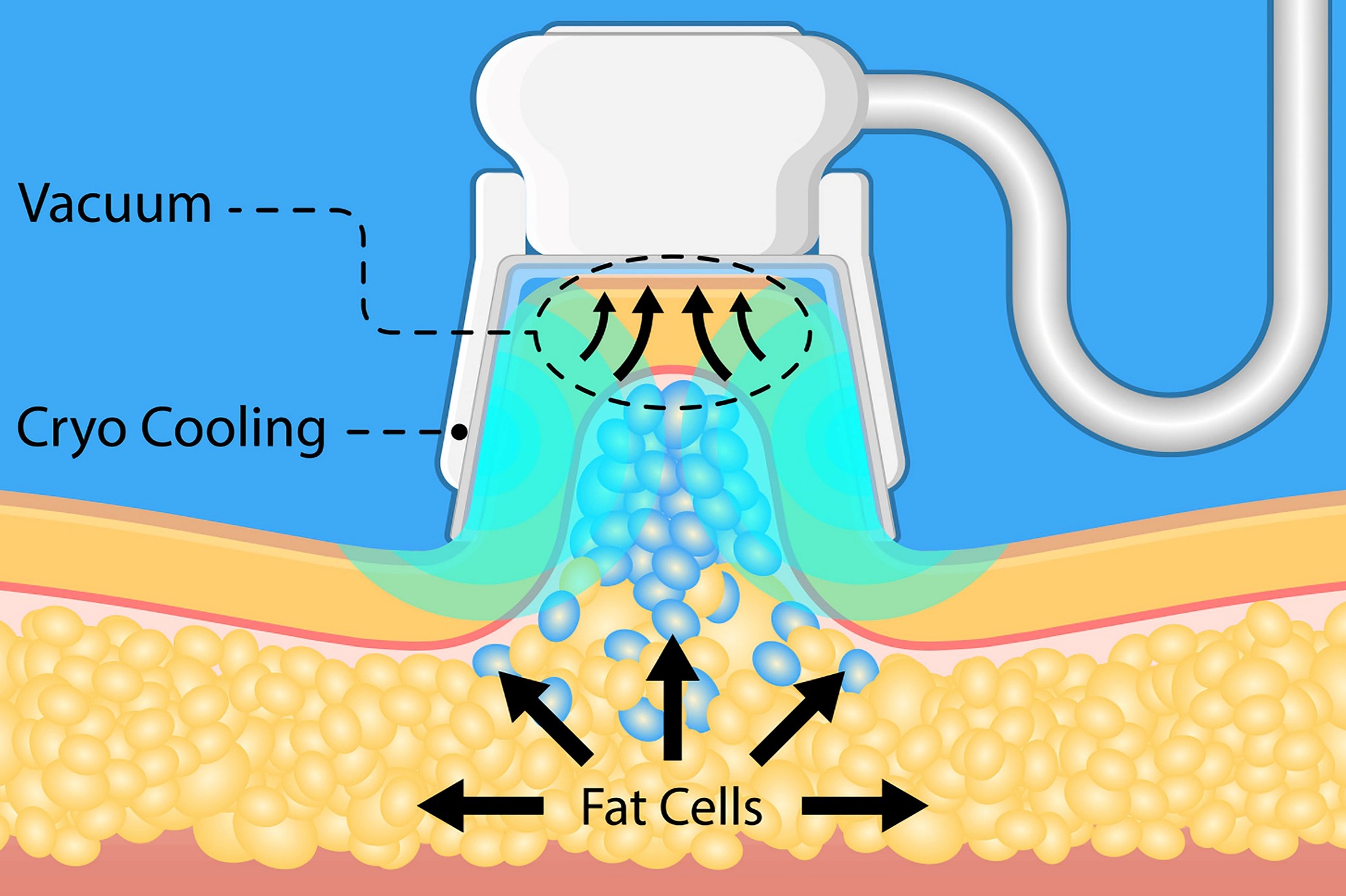
You will then see the doctor holding a handheld device that resembles a mini vacuum. The device is then moved over the target skin. This device includes a cooling and suction effect. The area of the skin treated per appointment may vary from one machine to another. While some machines allow multiple areas to be treated at once, others may only allow one area to be treated at a time.
It is common to experience a slight pulling and pinching sensation during the treatment; however, the entire procedure may not involve any severe pain. Once the target fat cells are targeted, the doctor then immediately massages the area, which helps break up any frozen tissue. This massage also helps destroy the fat cells and allows their absorption in the body. The overall session of Cryolipolysis usually takes up to one hour. During this time, the individual may calm their nerves by reading a book, listening to music, or even doing work on their laptop.
On the other hand, the liposuction procedure slightly differs in its techniques from the Cryolipolysis procedure. Although, the liposuction procedure also involves an initial consultation at the start. During this consultation, the doctor ensures that the patient is the right candidate to undergo liposuction. The doctor will also discuss the patient’s expectations, what they can expect after the procedure, along with their pre-operative and post-operative care. Once the patient decides they want to go forward with the procedure, they are given an appointment for the liposuction procedure. Before the procedure, the patient is given a number of preoperative instructions, which include avoiding blood thinners, following a healthy diet, and avoiding excessive alcohol intake. This will ensure a smooth procedure and reduce complications after the procedure.
No matter what the procedure, they all include a few common things. These include the use of vacuum suction. This suction mainly works by suctioning the fat cells from the body.
The common techniques used for liposuction include tumescent liposuction, ultrasound-assisted liposuction, and laser-assisted liposuction.
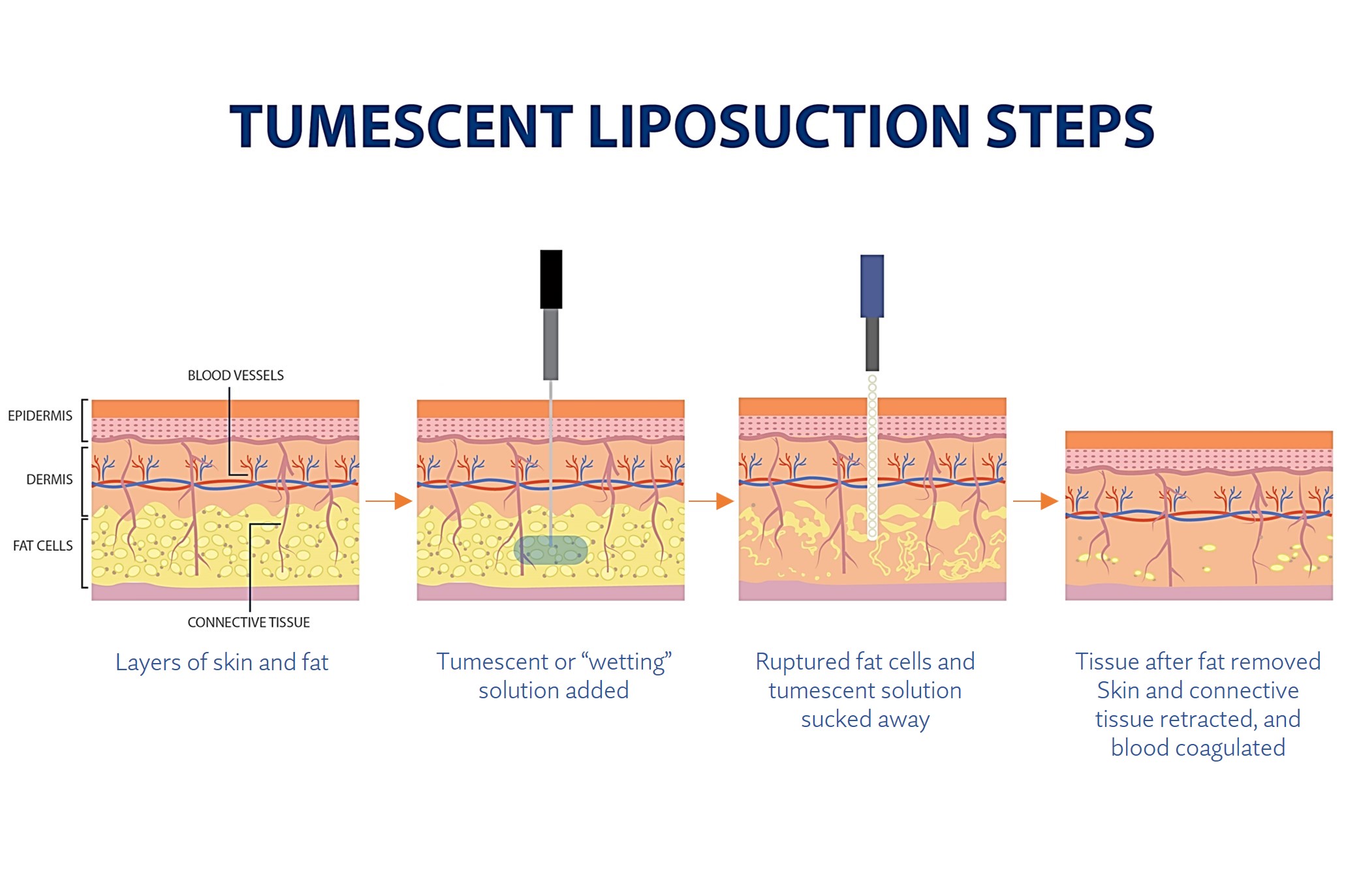
Tumescent liposuction is the most common type of liposuction among all the ones mentioned. During this form of liposuction, the surgeon will start by injecting a sterile solution into the area of the body from which the fat cell is to be removed. The solution that is injected is made using saline, which is basically made from salt and water. This solution may also include a numbing agent like lidocaine and epinephrine. These will ensure that the target area injected with the solution is completely numb before the doctor starts the suctioning so the patient does not feel any pain and has less blood loss. The other common form of liposuction used is known as ultrasound-assisted liposuction.

Ultrasound-assisted liposuction, which is also known as UAL, uses the help of sound energy. The sound waves are passed through the skin and help target the cells present under it, which include the fat cells. The waves then cause the rupture of the cell walls of the fat cells. Once the cell walls are ruptured, the fat cells are no longer able to survive, and they get destroyed. Once the fat cells are destroyed, they are easily suctioned out using the liposuction headpiece.
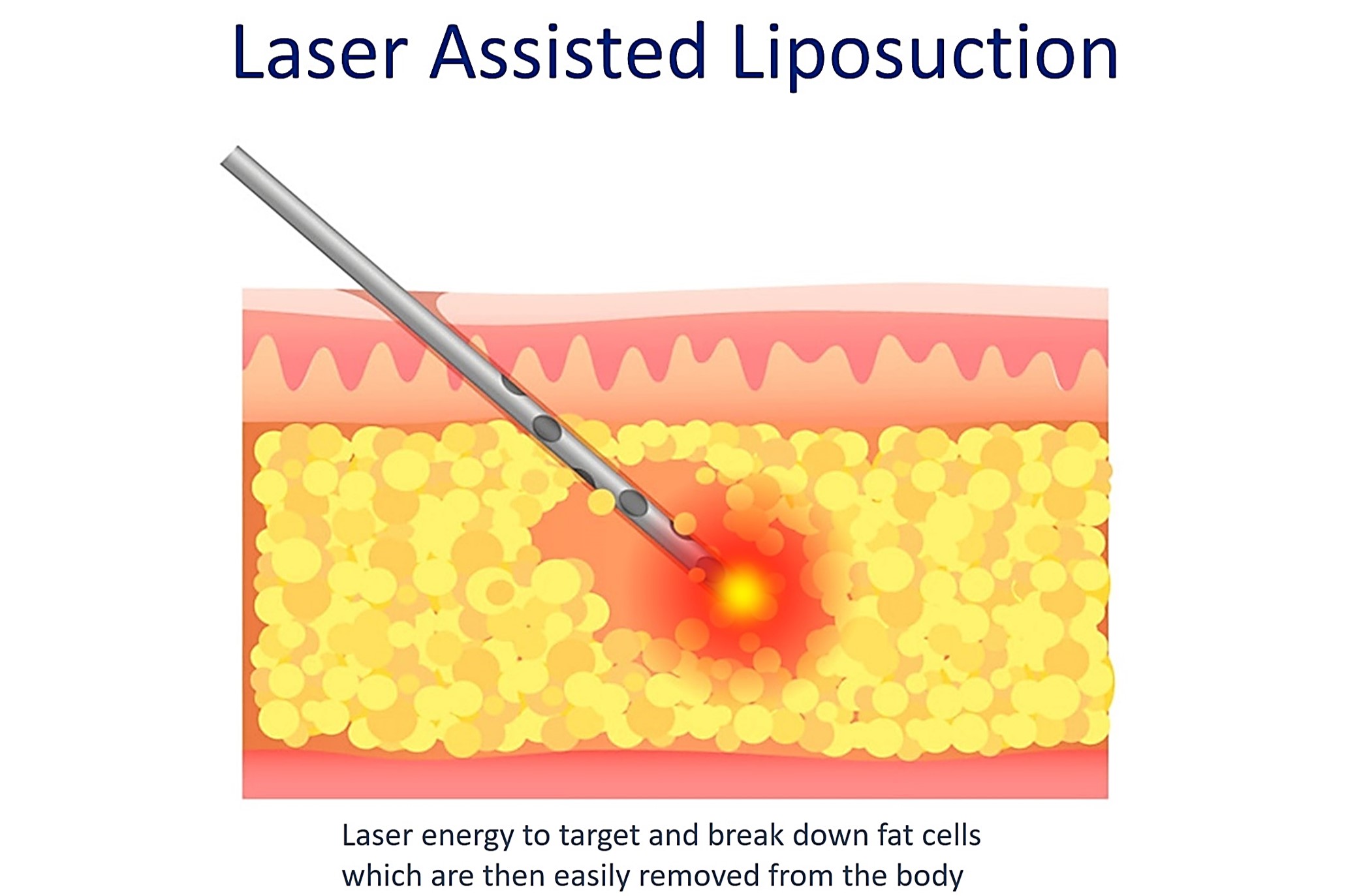
The third most frequently used technique for liposuction is known as laser-assisted liposuction. Laser-assisted liposuction is also known as Smartlipo, and it utilises the help of a laser to target the fat cells. When the laser is directed at the fat cells, it causes them to burst out and be destroyed. Once the fat cells are destroyed, they are then easily removed from the body.
Cryolipolysis and Liposuction: Safety Assurance
Cryolipolysis and Liposuction are both considered safe procedures and are conducted by certified doctors. Numerous studies have been conducted to investigate the effectiveness and safety of Cryolipolysis over the years, the majority of which have shown it to be associated with no serious side effects. For example, one such study conducted in 2009 showed that Cryolipolysis does not cause any harm to the liver or increase the levels of fats in the blood.
While these are safe procedures, some individuals may report some slight side effects after the completion of the Liposuction procedure. These may include symptoms like slight pulling, tingling, stinging, cramping, and even an aching sensation for a few days. Other side effects which may be experienced by individuals for a few days after the procedure include tenderness, swelling, and bruising on the areas of the body that were targeted.
Cryolipolysis and Liposuction: What To Expect
After the completion of the Cryolipolysis procedure, the patient may be allowed to go home right after, as there is no downtime. A majority of the individuals who undergo Cryolipolysis are also allowed to resume their everyday activities, which may also include going to work. The results of Cryolipolysis may start to become noticeable after at least three to four weeks of the procedure. However, the final results may take up to three months to become apparent. During this time, the body is continuously undergoing a fat-flushing process as the destroyed fat cells are getting destroyed.
It does only end at the three months mark, but the fat flushing may continue growing for up to 6 months. Moreover, a single session may not be effective for all areas of the body, and the individual may feel that some areas might require them to undergo additional sessions in the future.
Similar to Cryolipolysis, the individual who undergoes liposuction may also be allowed to leave home on the day of the procedure. However, they are instructed to rest for a week before returning back to work. The patient is also instructed about the type of medications to use, how to take care of the treated area and the follow-up appointments. Some individuals may experience slight bruising and swelling; however, these symptoms are temporary and resolve on their own.
Cryolipolysis and Liposuction: Treatment areas
The treatment areas for both Cryolipolysis and liposuction are those which contain a higher degree of fat cells. This is because these two procedures mainly target the fat cells and allow them to be eliminated from the body after they are destroyed.
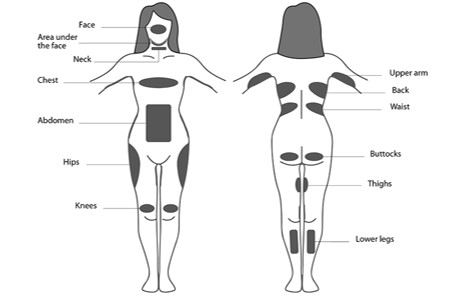
The areas of the body which may be targeted by Cryolipolysis include the abdomen, hips, buttocks, knees, back, waist, lower legs, upper arms, chest, neck, face, and area under the face and thighs.
Is It Painful To Get Cryolipolysis or Liposuction?
Generally, Cryolipolysis and liposuction, are both not considered painful procedures. Individuals undergoing Cryolipolysis may feel slight discomfort, however, this may be reduced by using numbing agents and proper post-care painkillers. Other symptoms that may be experienced by individuals include stinging and aching sensations during the procedure. Individuals may also experience pain and numbness from the cooling effect of the freezing applicator used in Cryolipolysis.
Individuals are usually under general anesthesia during the Liposuction procedure, hence they do not experience any pain during the procedure. However, once the patient wakes up from general anesthesia, they may experience slight soreness over the treated areas of the body.
How To Get Optimal Results From The Procedure?
Cryolipolysis and liposuction are both conducted to permanently remove fat cells from the body. However, there are certain methods that may allow these results to become more effective and last longer. These include following a healthy lifestyle, drinking plenty of water, massaging the area regularly, avoiding NSAIDs, marinating regular exercise and wearing clothing recommended by the doctor whether it is a compression garment or loose clothing. The recommended intake of water before and after the Cryolipolysis and liposuction procedure is at least 2 litres of water.
More specifically, for Cryolipolysis, massaging the area can help break the fat in the target area. A massage, lasting for up to 2 minutes on the treated area can release any frozen fat and allow improved results. Furthermore, wearing loose clothes after the completion of the procedure may allow the area to heal better and help the skin breathe.
On the other hand, during Liposuction the doctor will recommend compression garments as it may not only prevent swelling and bruising but also allow the body to adjust to the new contours.
Am I A Suitable Candidate?
Individuals who may be considered suitable candidates for undergoing Cryolipolysis and liposuction procedures are:
- Individuals who have realistic expectations regarding the results of the fat-targeting treatments. These treatments do not allow the individual to lose weight but instead allow their fat cells to be removed and their body to be contoured effectively.
- Individuals who are in good health. Hence, those with active skin infections and blood diseases may not be ideal candidates for undergoing the treatment. This may increase their chances of bruising and bleeding during and after the procedure.
- Individuals who are within 30% of their ideal body weight.
Are The Results Permanent?
The fat cells which are targeted by both liposuction and Cryolipolysis procedure are stimulated and assisted in being permanently removed from the body through the lymphatic system. However, it is up to the patient to maintain their body weight and keep themselves from gaining weight. This is because weight gain may lead to the development of new fat cells, which might make the patient think that the treatment has not worked for them. However, this is not the case as the fat cells that are once removed from the body do not come back. Other ways through which the results of liposuction and Cryolipolysis may be prolonged are by following a healthy diet regimen and exercising regularly.
Summary
Cryolipolysis and liposuction are two cosmetic procedures that are conducted to target the fat cells in the body. These may be used to target different areas of the body which a higher fat content. These areas most commonly include the thighs, abdomen, upper arms and hips. Neither of these treatments can be used as a method of weight loss, instead, they may be used as a way to contour the body and allow it to be in good shape.

